Ever noticed how some cats are like little introverts, preferring the safety of a secluded corner over the bustling center of a room? Shy cats, just like shy humans, require a gentle touch and a nurturing environment to thrive. Creating a safe emotional space for these timid felines is not just an act of kindness but a rewarding journey of patience and empathy. This article will guide you through the steps to help your shy cat feel secure, loved, and confident in their home.
Understanding the Nature of Shy Cats
Shy cats often display a range of behaviors that can be misunderstood. They might hide under beds, flinch at sudden noises, or avoid eye contact. These behaviors are not signs of disinterest or aloofness but rather expressions of anxiety or fear. Understanding this is the first step in building a safe emotional environment. Just like a child who hesitates to join a group, shy cats need reassurance and time to feel comfortable. Recognizing their unique personalities can help you tailor your approach to suit their needs.
Creating a Quiet Sanctuary
A quiet sanctuary is essential for a shy cat to feel secure. This space should be away from loud noises and high traffic areas. Consider a cozy corner with soft bedding and a few favorite toys. Having a designated safe zone allows your cat to retreat and relax whenever they feel overwhelmed. It’s their personal haven, much like a human’s favorite reading nook. This space should be respected by all household members, ensuring that it remains a peaceful retreat.
The Art of Gentle Interaction

Interacting with a shy cat requires a gentle touch and a soft voice. Sudden movements or loud voices can be intimidating. Approach them slowly, speaking in a calm and soothing tone. Allow them to come to you on their terms, offering a hand for them to sniff. This gentle approach builds trust and helps them associate you with safety and comfort. Remember, patience is key, and each positive interaction is a step towards building a strong bond.
Using Positive Reinforcement
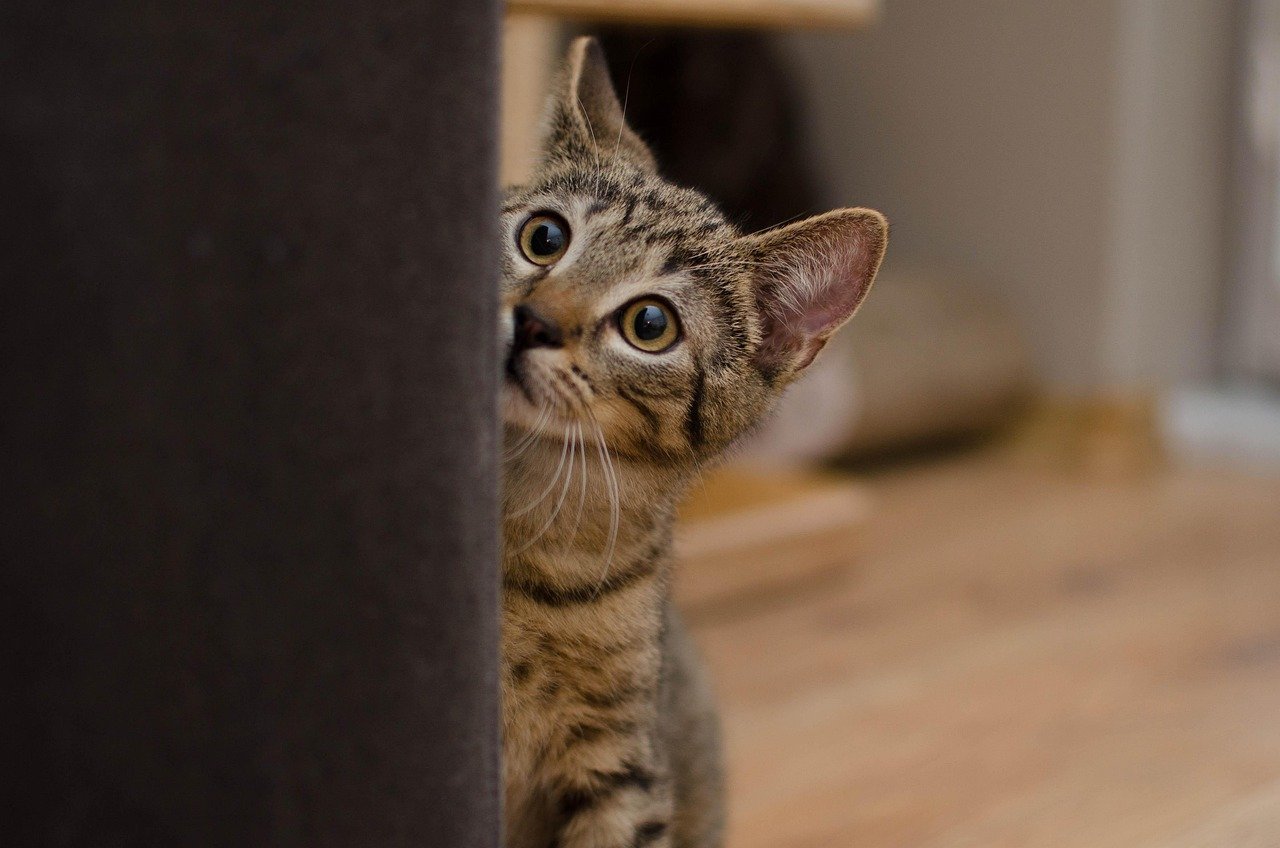
Positive reinforcement is a powerful tool in helping shy cats gain confidence. Offer treats or praise when they exhibit brave behavior, like venturing out from their hiding spot. This encourages them to repeat these actions, gradually boosting their confidence. It’s akin to rewarding a child for trying something new, fostering a sense of achievement and courage. Over time, these small victories can lead to significant progress in their social behavior.
Respecting Their Boundaries

Every cat has personal boundaries, and respecting them is crucial for building trust. If your cat retreats when approached, give them space. Forcing interaction can lead to increased anxiety and hinder progress. Think of it as respecting a friend’s need for alone time. By honoring their boundaries, you show that you understand and respect their feelings, which is essential for developing a trusting relationship.
Providing Consistent Routine

Cats thrive on routine, and shy cats are no exception. A consistent daily schedule provides a sense of predictability and security. Feeding, playtime, and bedtime should occur at the same time each day. This routine helps them understand what to expect, reducing anxiety and promoting a sense of stability. Like a well-structured day for a child, a predictable routine can make a world of difference for a shy cat.
Incorporating Playtime and Enrichment
Playtime is not only fun but also an excellent way for shy cats to express themselves. Toys that mimic prey, like feather wands or laser pointers, can engage their natural instincts. Playtime provides a positive outlet for their energy and helps them associate interaction with joy and excitement. Think of it as a creative outlet, much like painting or dancing for humans. Regular play sessions can significantly enhance their confidence and overall well-being.
Understanding Body Language
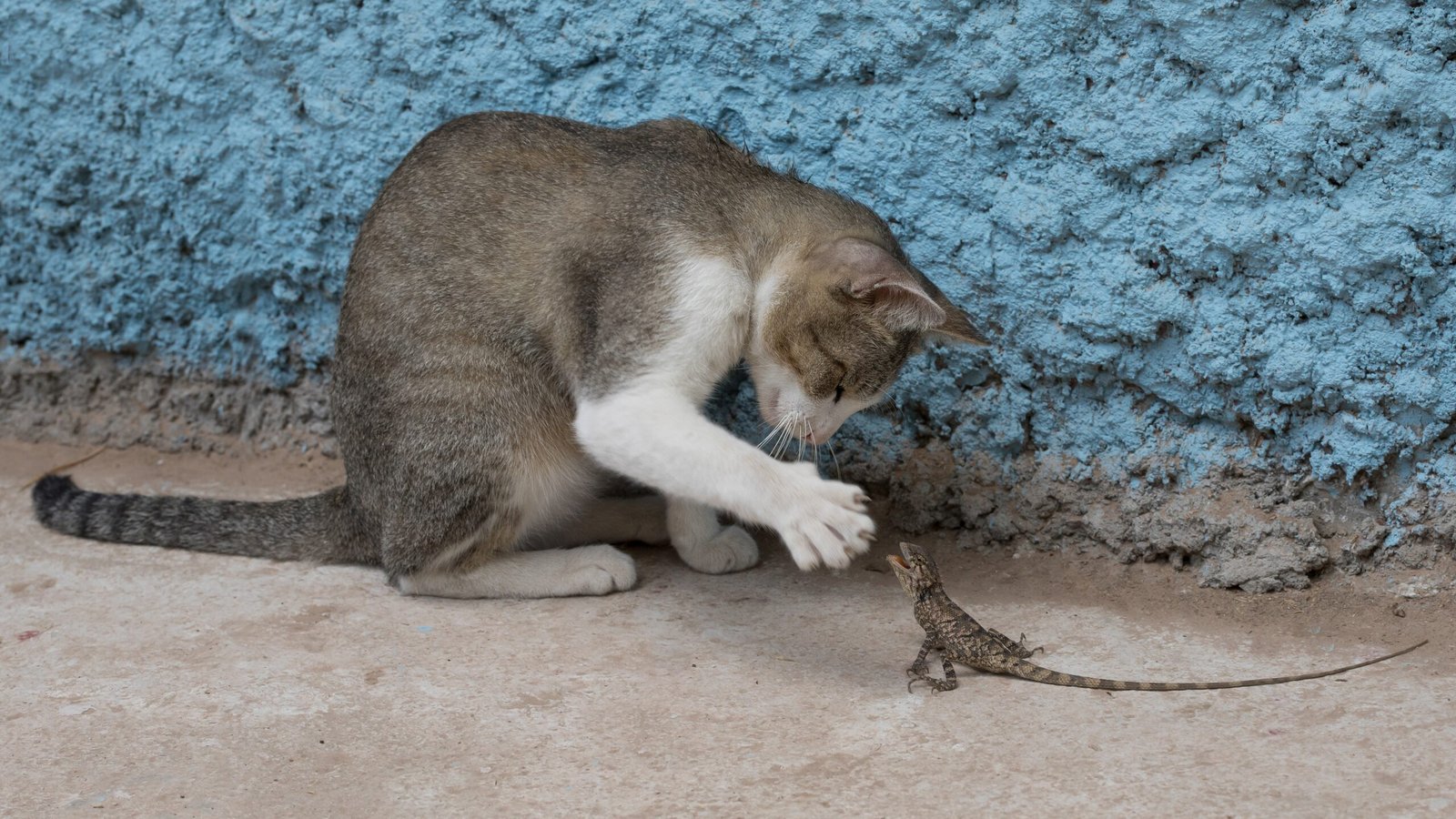
A cat’s body language speaks volumes about their emotional state. Learning to interpret their signals can help you respond appropriately. Ears flattened back, a low tail, or dilated pupils might indicate fear or discomfort. On the other hand, slow blinking or a relaxed posture suggests contentment. Understanding these cues is like learning a new language, allowing you to communicate effectively and strengthen your bond with your shy cat.
Creating Vertical Spaces
Cats love to climb and observe their surroundings from above. Providing vertical spaces, like cat trees or shelves, can give your shy cat a sense of security. These elevated areas allow them to survey their environment from a safe distance, much like a lookout point. This sense of control can reduce anxiety and encourage them to explore more freely. Vertical spaces are an essential addition to any cat-friendly home.
Introducing New People Slowly

New people can be intimidating for a shy cat. Introduce them slowly, allowing your cat to observe from a distance before approaching. Encourage visitors to sit quietly and offer treats, letting the cat decide when to make contact. This gradual introduction helps them adjust to new faces without feeling overwhelmed. It’s similar to easing into a new social group, where familiarity and patience pave the way for comfort and acceptance.
Utilizing Calming Products

Calming products, like pheromone diffusers or sprays, can create a soothing atmosphere for your shy cat. These products mimic natural feline pheromones, promoting relaxation and reducing stress. Think of them as aromatherapy for cats, providing a calming effect in their environment. While not a substitute for other supportive measures, they can be a helpful addition to your efforts in creating a safe emotional space.
Encouraging Exploration
Encouraging your shy cat to explore their environment at their own pace is vital for building confidence. Use treats or toys to entice them to new areas, making exploration a positive experience. This gradual exposure helps them become familiar with their surroundings, reducing fear and anxiety. It’s akin to slowly introducing a child to new experiences, fostering curiosity and self-assurance.
Providing Hiding Spots
Hiding spots are essential for shy cats, offering a place to retreat when they feel overwhelmed. Cardboard boxes, covered cat beds, or even a cozy spot under a chair can serve as safe havens. These spaces provide a sense of security, allowing them to recharge before venturing out again. It’s similar to having a private sanctuary where one can escape the hustle and bustle of daily life.
Recognizing Signs of Progress
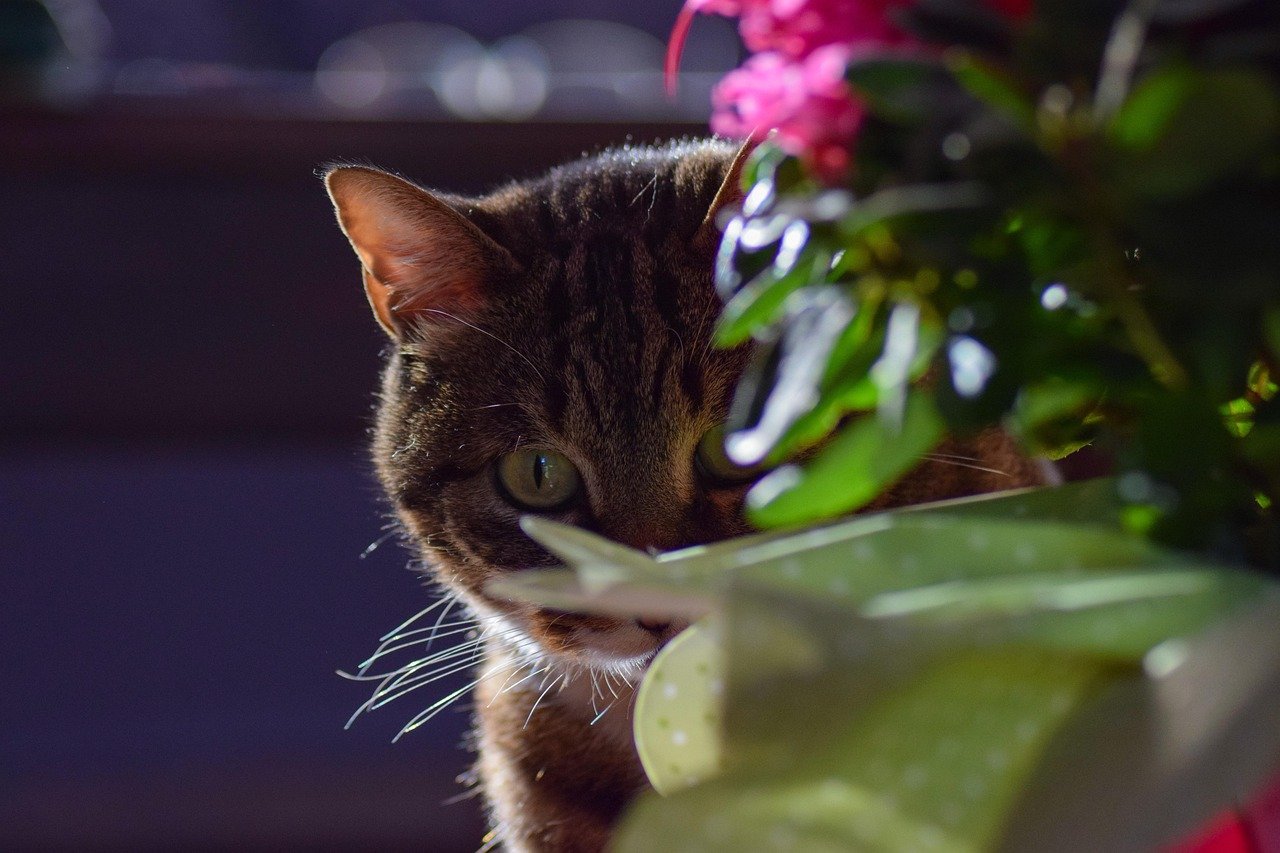
Progress with a shy cat may be slow, but recognizing small victories is important. A peek from their hiding spot, a tentative paw step forward, or a gentle nudge are all signs of growing confidence. Celebrate these moments, as they indicate that your efforts are making a difference. Much like cheering for a child’s first steps, acknowledging progress encourages continued growth and development.
Building Trust Through Consistency

Consistency in your actions and responses builds trust with your shy cat. Regular feeding times, gentle handling, and a calm demeanor create a reliable environment. This consistency reassures them that they can depend on you, strengthening your bond. It’s like being a steadfast friend, always there when needed, providing comfort and support.
Providing a Safe Outdoor Experience
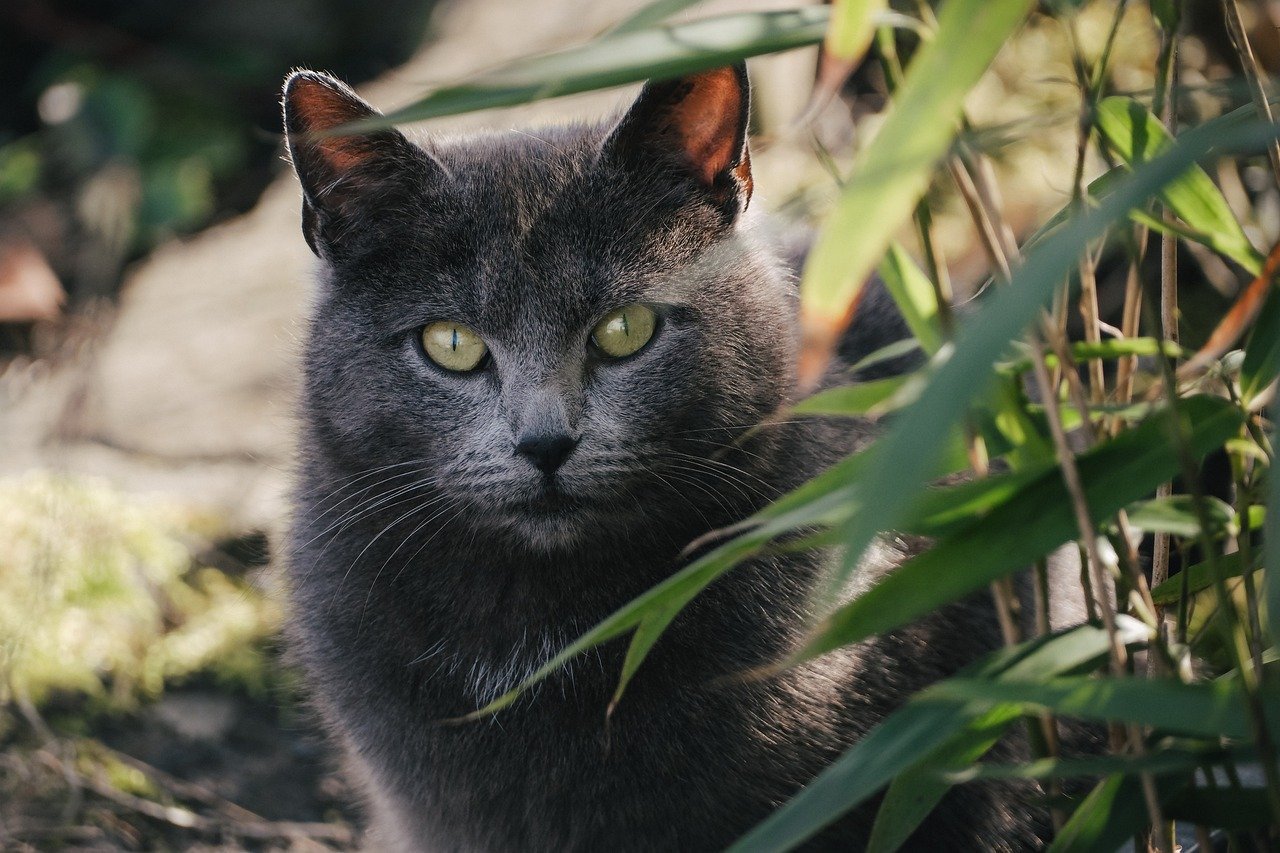
If possible, providing a safe outdoor experience can be enriching for a shy cat. A secure patio or enclosed garden allows them to experience the sights and sounds of the outside world without fear. Supervised exploration can stimulate their senses and boost their confidence. It’s akin to taking a cautious step into the world, discovering new wonders while feeling secure.
Understanding the Role of Diet

A balanced diet plays a crucial role in a cat’s overall well-being, including their emotional health. High-quality food with essential nutrients supports their physical and mental health. A well-fed cat is more likely to feel content and less anxious. Think of it as fueling their body and mind, providing the energy and stability needed for a happy, healthy life.
Seeking Professional Help if Needed

Sometimes, despite your best efforts, a shy cat may require professional help. Consulting a veterinarian or animal behaviorist can provide insights and tailored strategies. These experts can identify underlying issues and offer solutions to help your cat thrive. It’s like seeking a tutor for a struggling student, providing the guidance needed to overcome challenges and succeed.
Fostering a Lifelong Bond
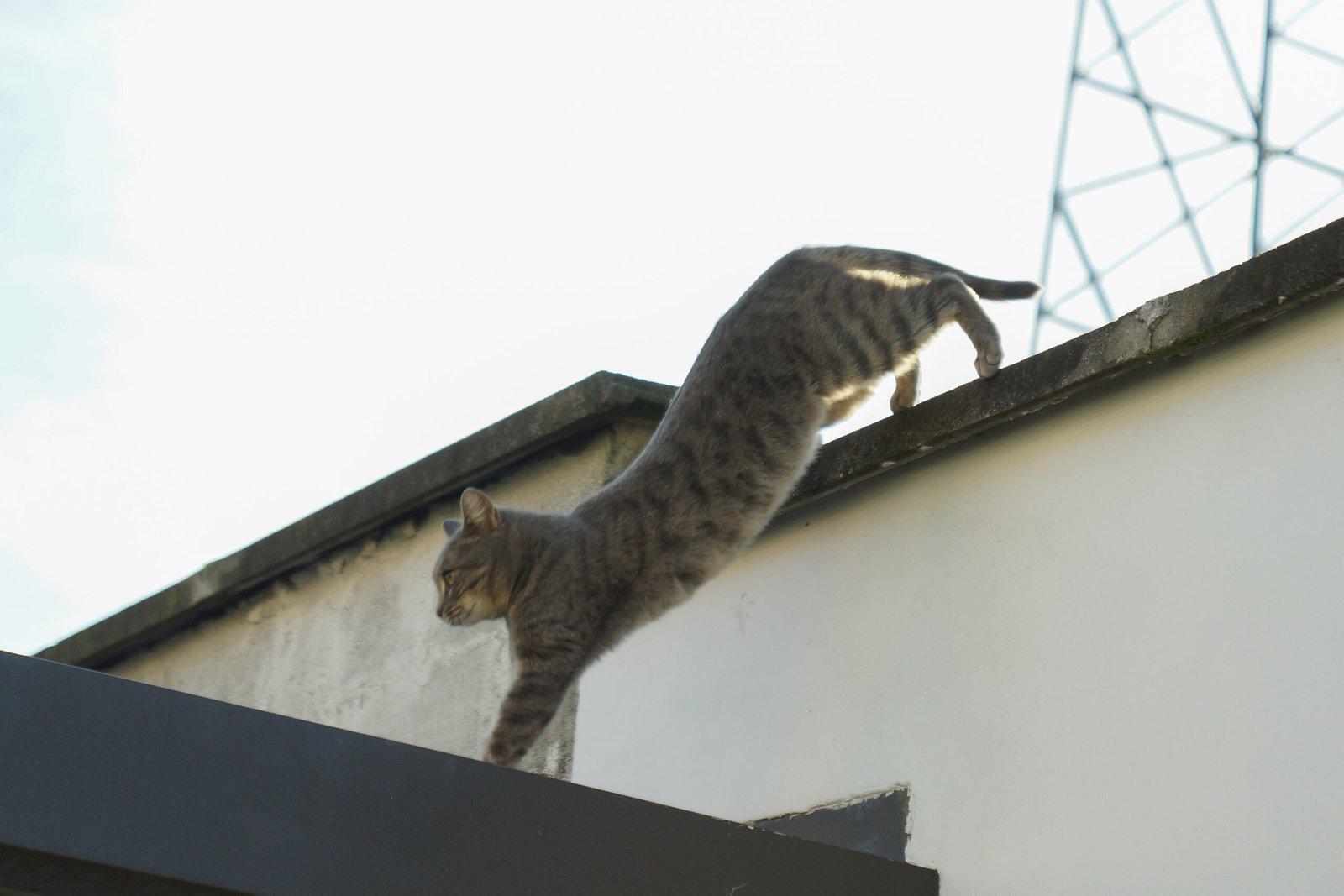
Building a safe emotional environment for a shy cat is a journey of love and patience. Each step forward strengthens the bond between you and your feline friend. This bond, built on trust and understanding, is a source of joy and companionship for both of you. It’s a lifelong relationship, filled with shared moments and mutual respect.
In conclusion, creating a safe emotional environment for a shy cat requires empathy, patience, and dedication. By understanding their needs and providing a supportive space, you can help them grow into confident, happy companions. Every small step forward is a testament to your love and commitment, fostering a deep and lasting connection. What steps will you take today to make your shy cat feel more at home?
Hi, I’m Bola, a passionate writer and creative strategist with a knack for crafting compelling content that educates, inspires, and connects. Over the years, I’ve honed my skills across various writing fields, including content creation, copywriting, online course development, and video scriptwriting.
When I’m not at my desk, you’ll find me exploring new ideas, reading books, or brainstorming creative ways to solve challenges. I believe that words have the power to transform, and I’m here to help you leverage that power for success.
Thanks for stopping by, Keep coming to this website to checkout new articles form me. You’d always love it!




